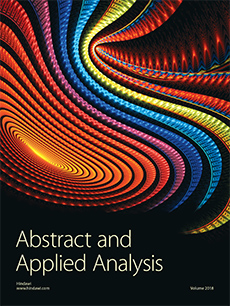Abstract
Herpes simplex virus type 2 (HSV-2) is the most prevalent sexually transmitted disease worldwide, despite the availability of highly effective antiviral treatments. In this paper, a basic mathematical model for the spread of HSV-2 incorporating all the relevant biological details and poor treatment adherence is proposed and analysed. Equilibrium states of the model are determined and their stability has been investigated. The basic model is then extended to incorporate a time dependent intervention strategy. The aim of the control is tied to reducing the rate at which HSV-2 patients in treatment quit therapy before completion. Practically, this control can be implemented through monitoring and counselling all HSV-2 patients in treatment. The Pontryagin’s maximum principle is used to characterize the optimal level of the control, and the resulting optimality system is solved numerically. Overall, the study demonstrates that though time dependent control will be effective on controlling new HSV-2 cases it may not be sustainable for certain time intervals.
Citation
A. Mhlanga. C. P. Bhunu. S. Mushayabasa. "A Computational Study of HSV-2 with Poor Treatment Adherence." Abstr. Appl. Anal. 2015 1 - 15, 2015. https://doi.org/10.1155/2015/850670
Information





